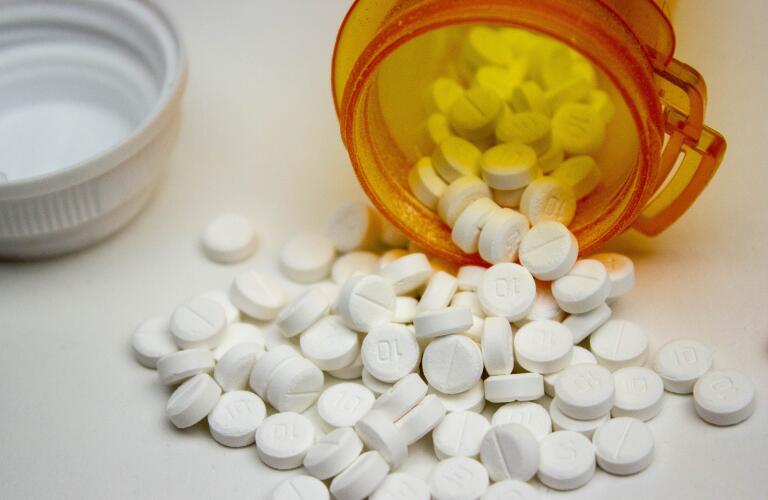Your doctor may prescribe anti-clotting medicine after an angioplasty.

Coronary angioplasty is a procedure that opens an obstructed artery that leads to your heart. Arteries can become narrowed or blocked by a waxy substance, called plaque. During coronary angioplasty, a small wire mesh tube, called a stent, is usually inserted at the plaque-affected spot. The stent is left in place permanently to help hold the artery open.
Coronary angioplasty can restore normal blood flow to your heart, which is crucial for your health. And it does this using a minimally invasive technique that does not require major surgery, general anesthesia, or a long recovery time.
Yet angioplasty is not completely risk-free. One concern is that a blood clot might form in the stent after the procedure. If that happens, it could cause a heart attack. To help prevent this, your doctor may prescribe anticlotting medicine after your procedure.
Your prescription for safety
After you undergo angioplasty and get a stent, your doctor may tell you to take aspirin plus another antiplatelet medicine. This might include:
- Clopidogrel (Plavix)
- Prasugrel (Effient)
- Ticagrelor (Brilinta)
- Ticlopidine (Ticlid)
- Eptfibatide (Integrilin)
All of these drugs, including aspirin, work in a similar way to prevent clots. A blood clot forms when a special category of adhesive cells in your blood, called platelets, start sticking together. A chemical called thromboxane sets this process in motion. Aspirin and other antiplatelet drugs reduce the body’s ability to make thromboxane.
Although antiplatelet medicines can be very helpful, they can also cause side effects, including uncontrolled bleeding. Therefore, the goal is to take them long enough to reduce your risk of developing a dangerous blood clot—but no longer than necessary.
For a month, a year or a lifetime?
As a general rule, after you get a stent:
- Aspirin may be taken indefinitely—perhaps for life
- The other antiplatelet medicine may be taken for 1 to 12 months, or occasionally longer
One factor that affects how long you’ll need to take antiplatelet medicine is the type of stent you have. Some stents, called drug-eluting stents, are coated with medicine to reduce the amount of tissue growth in the treated area. This helps keep the artery from becoming blocked again. However, the risk of clots may be increased with this type of stent. Consequently, people who have drug-eluting stents may need to take medicine for longer than those who have uncoated stents.
Whatever type of stent you have, be sure to stay on your medicine for as long as your doctor recommends. Stopping too soon increases your risk of developing a blood clot that could lead to a heart attack. Even if you’re doing great after your angioplasty, taking your medicine helps you continue feeling that way.



